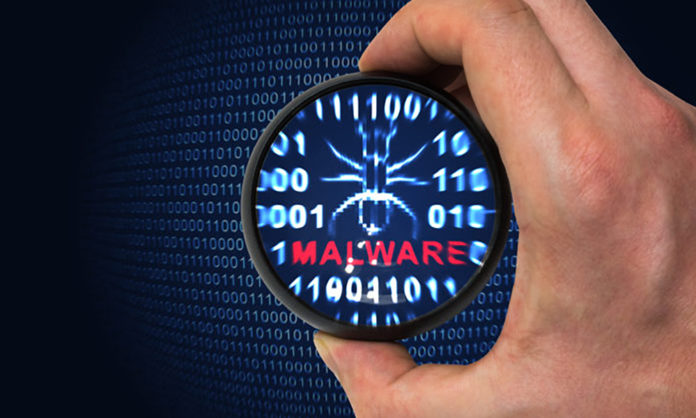

A recent study conducted by cyber security software provider Kaspersky has revealed that mobile ransomware has increased by 253% in this year. Strengthening the research is the fact that around 218,562 mobile ransomware files were detected in Q1 of 2017, compared to 61,832 in the same quarter last year.
Researchers at Kaspersky found that the Congur family of ransomware accounted to more than 86% of these mobile attacks.
Note- Congur is a ransomware which sets or resets the device passcode eventually giving away the admin rights to the hacker or malware developer. Studies have proved that certain variants of Congur have the potential to put the victims into deeper crisis.
Kaspersky Lab researchers found that the Trojan-Ransom. AndroidOS. Fusob.h was the most widely used form of ransomware. As the said malware variant once run, requests admin privileges and take control of the device by collecting info about the device user from the GPS coordinates and call history. The ransomware then uploads all the data to a remote server which then sends the command to block the device, depending on the value of the data to the hacker.
While mobile security remained as the prime objective to highlight for Kaspersky Lab, the Russia-based security provider also sparsely focused on ransomware which targeted all other devices, systems, and networks. The researchers discovered that the ransomware targeting other computing devices has proliferated in this year, as researchers detected 11 new crypt or families and 55,679 new modifications in the Q1 of this year.
North America was the country which took the most part of ransomware attacks in Q1 of 2017. Among the ransomware variants, Svpeng Ransomware was the one which hit most of the victims in the United States. The developers of this ransomware usually demand a ransom of $100 to $500 from victims to unlock the devices. Canada, Kazakhstan, Italy and Uzbekistan followed the United States in terms of highest number of victims infected with malware.
Kaspersky Lab’s research also found that attack on Windows machines was also on the rise, with 55,679 new Windows ransomware modifications detected in Q1 of 2017.
The highlight of the recently disclosed Kaspersky survey was the percentage disclosed of Wanna cry victims. The researchers figured out that 98% of WannaCry/WannaCrypt victims were running Windows 7, who missed the security patches released in 2017.
On an overall note, Kaspersky detected 479,528,279 malicious attacks from online resources located in more than 190 countries.

















